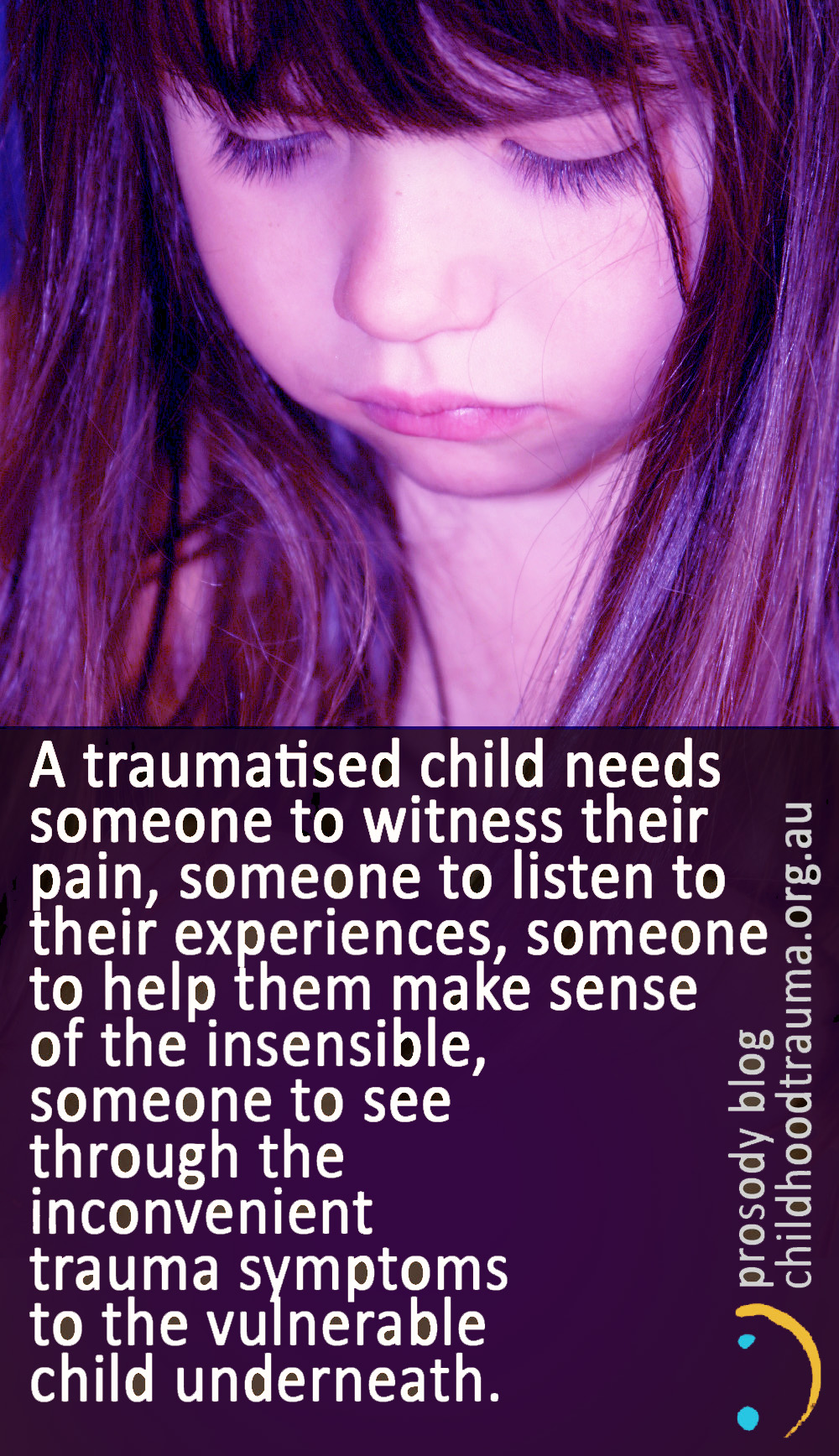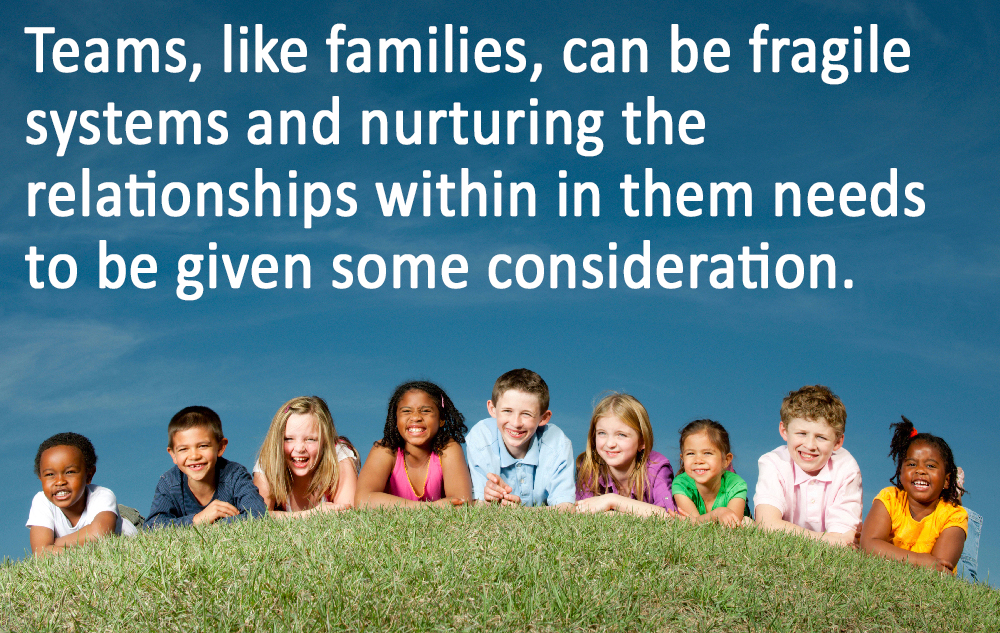
How does a team make you a better trauma counsellor?
This article was authored by Jaclyn Guest, Senior Counsellor,
Child Trauma Service Victoria, at the Australian Childhood Foundation.
The first thing most people say to me when I tell them that I work as a therapist with traumatised children is “I could never do that; I could never listen to the stories of abuse”. However, this is exactly what a traumatised child needs – someone to witness their pain, someone to listen to their experiences, someone to help them make sense of the insensible, someone to see through the inconvenient trauma symptoms to the vulnerable child underneath. Adults can go to great lengths to protect themselves from seeing the pain and loneliness that is underneath a child’s trauma behaviours. Often this can be because doing so triggers their own vulnerabilities that they work so hard to defend against. How then, can therapists do this work year in, year out without shutting down or burning out?
 I believe a significant factor in working in this field successfully and safely for many years is a supportive and collegiate team. The concept of containment is helpful in understanding how a team makes it possible to hear these stories and witness this pain without damaging the psyche of the therapist. I’m visualising a series of ever larger containers stacked inside each other. Ideally a protective parent or foster carer would be supported by the therapist to witness and connect with the child’s experience; the therapist would also support the parent or carer in the feelings that this difficult process brings up. The therapist in turn needs a support structure in order to do this work in an ongoing way without becoming traumatised vicariously or burnt out. These include an experienced and skilled supervisor, colleagues to discuss the unique intricacies and difficulties of this work, a workplace culture that encourages growth and reflection. If one of these ingredients are missing then the therapist is at risk of employing other defences to manage – such as shutting out details, going through the motions, intellectualisation, or over-identifying.
I believe a significant factor in working in this field successfully and safely for many years is a supportive and collegiate team. The concept of containment is helpful in understanding how a team makes it possible to hear these stories and witness this pain without damaging the psyche of the therapist. I’m visualising a series of ever larger containers stacked inside each other. Ideally a protective parent or foster carer would be supported by the therapist to witness and connect with the child’s experience; the therapist would also support the parent or carer in the feelings that this difficult process brings up. The therapist in turn needs a support structure in order to do this work in an ongoing way without becoming traumatised vicariously or burnt out. These include an experienced and skilled supervisor, colleagues to discuss the unique intricacies and difficulties of this work, a workplace culture that encourages growth and reflection. If one of these ingredients are missing then the therapist is at risk of employing other defences to manage – such as shutting out details, going through the motions, intellectualisation, or over-identifying.
All individuals and teams, in this field, will have coping strategies; some healthier than others. “Wine” is often the first response jokingly and not-so jokingly suggested in self-care exercises in our training programs. While wine is a beautiful thing, there may be alternatives that are more useful to the therapeutic process in the long term. So called ‘Black humour’ is not everyone’s cup of tea (or glass of wine) however it too can play a role in lightening what could otherwise be disheartening work day.
What other options are there for individuals and teams to protect themselves from the trauma that they hear about without making them any less available to the children that need them to be present?
I have found that working with people you respect, personally and professionally, resources you to be present for the tragic stories and connect with children and parents distress.
 Teams, like families, can be fragile systems and nurturing the relationships within in them needs to be given some consideration. In our team, taking a break to eat lunch together, celebrations, rituals and long-standing jokes and stories have organically evolved and keep us connected. When work stresses are high, the team pulls together rather than engaging in workplace politics or buck-passing. We look after our team because we know that our job would be so much harder without them.
Teams, like families, can be fragile systems and nurturing the relationships within in them needs to be given some consideration. In our team, taking a break to eat lunch together, celebrations, rituals and long-standing jokes and stories have organically evolved and keep us connected. When work stresses are high, the team pulls together rather than engaging in workplace politics or buck-passing. We look after our team because we know that our job would be so much harder without them.
What resources you in your work with children?
When systems around you work well to resource your work, what are the hall marks?
What can you do to connect with those in your workplace (or more broadly) to intentionally build a resourcing network?
